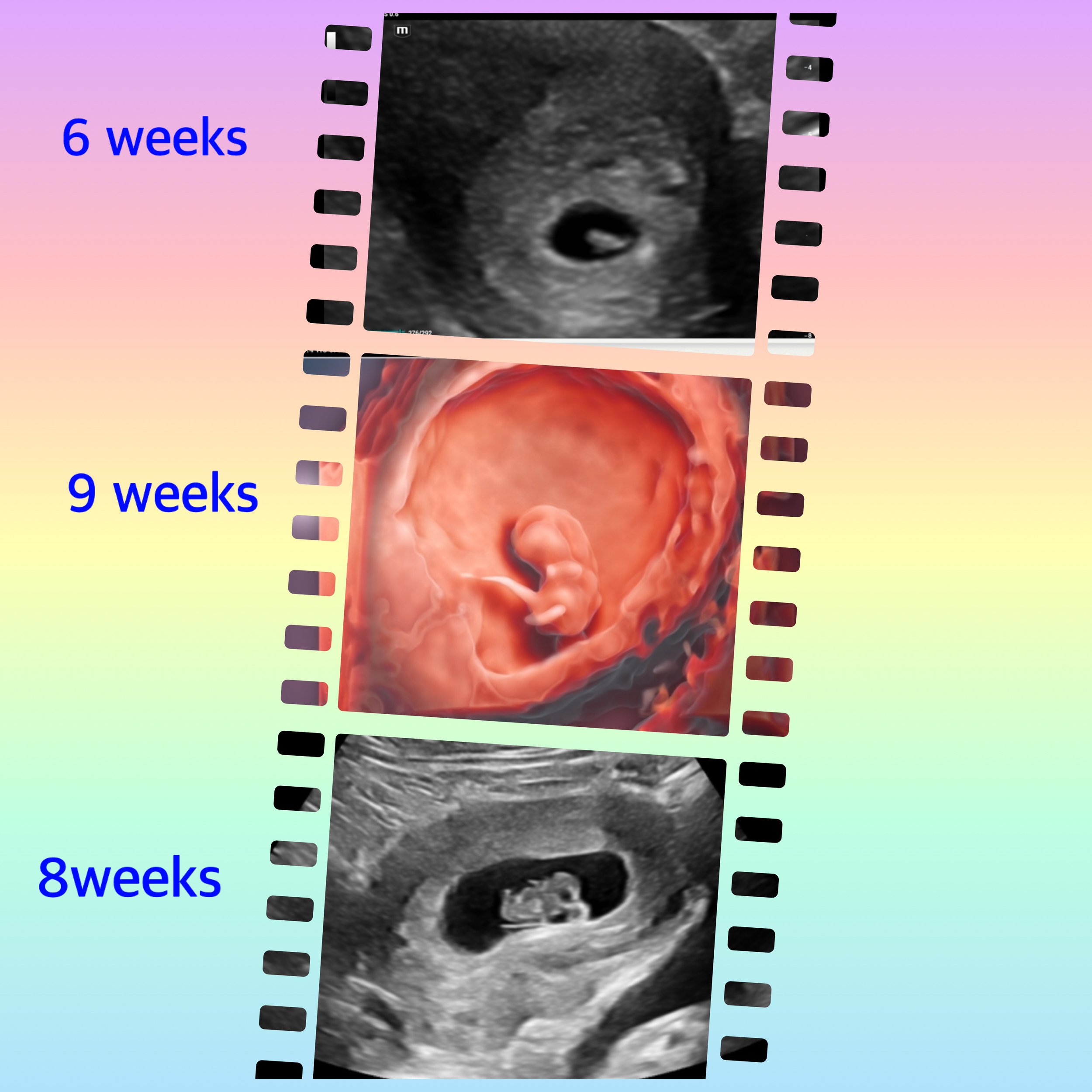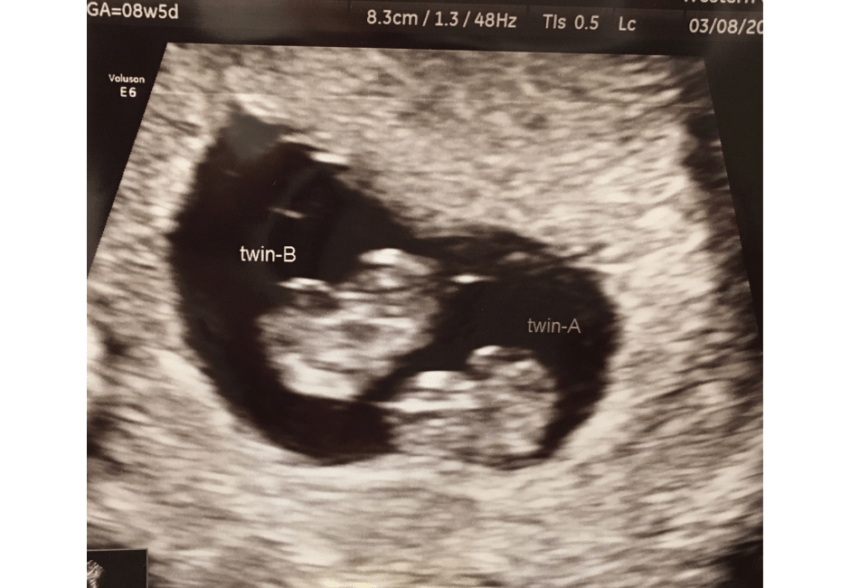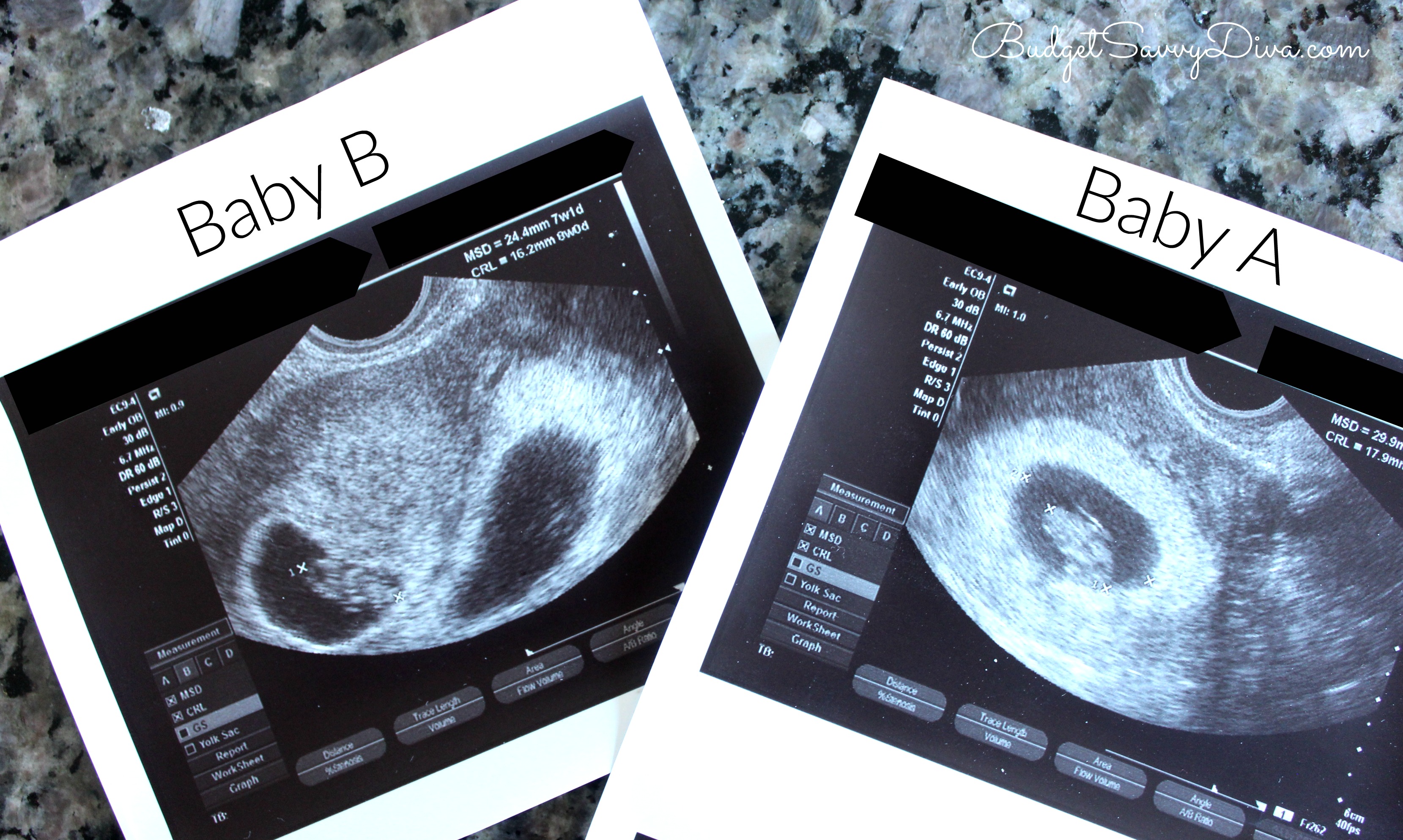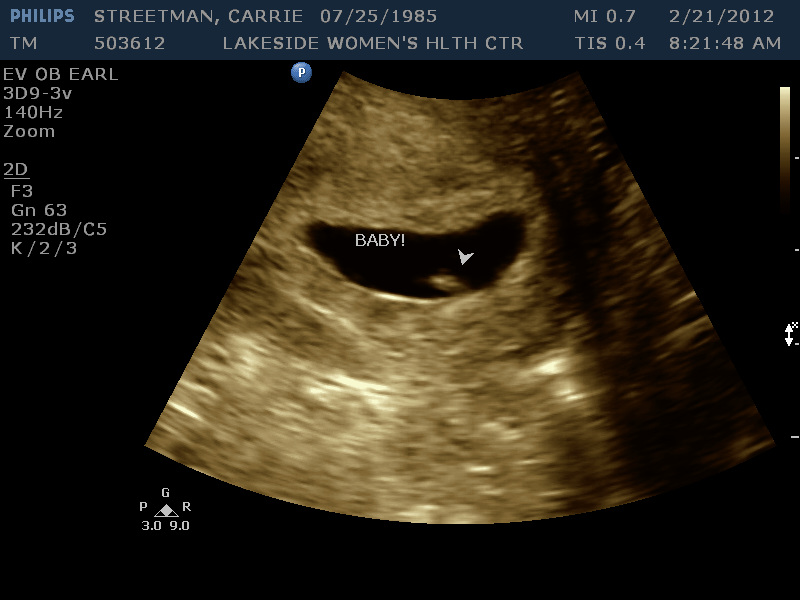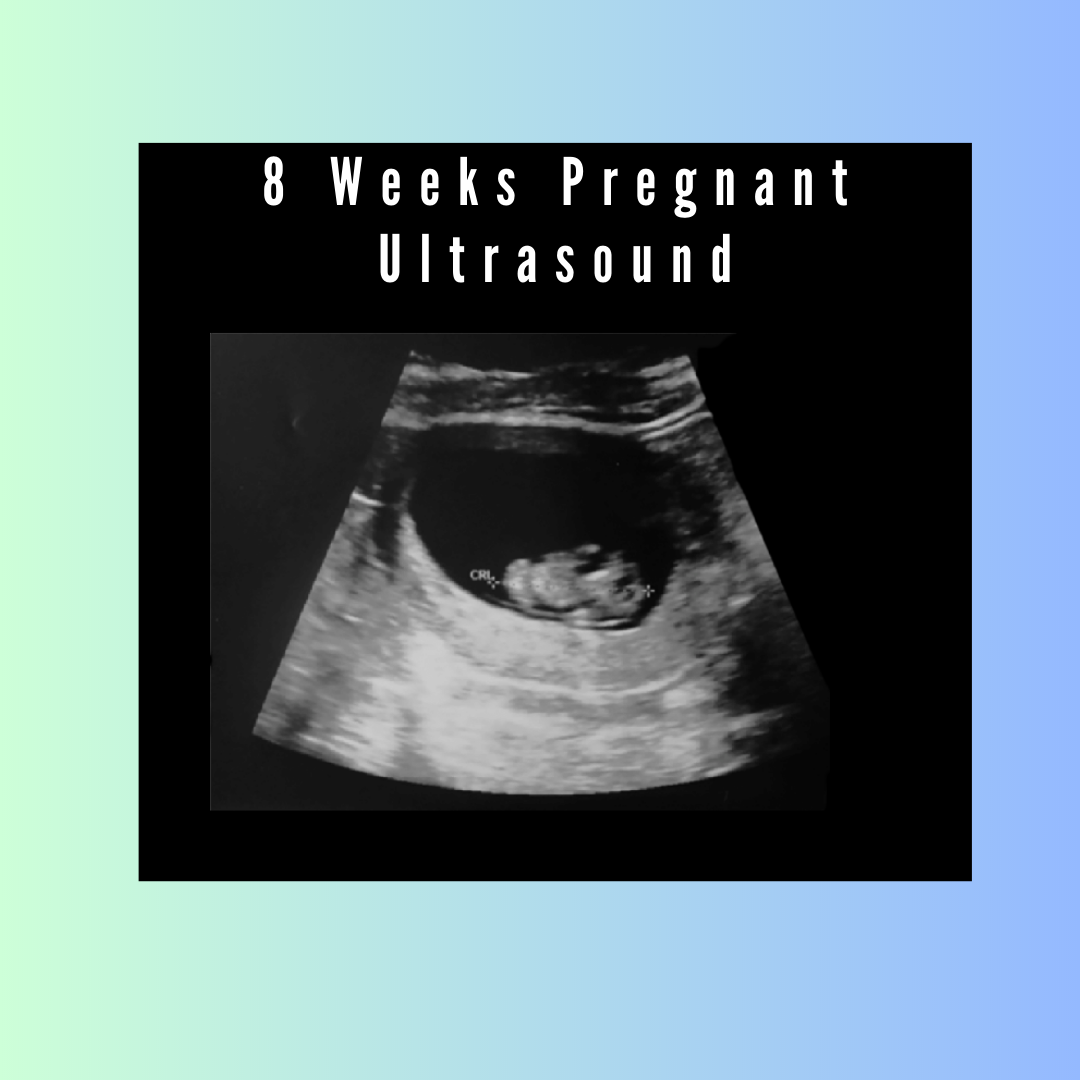8 Weeks But Measuring 6 Weeks

The ultrasound room was dimly lit, the air thick with anticipation. A soft whir emanated from the machine as the technician guided the probe across Sarah's belly. On the screen, a tiny flicker – the unmistakable image of life, but something felt off. The technician, with a concerned but gentle smile, announced, "Well, according to our measurements, you're measuring a little behind, about six weeks instead of eight."
This common scenario, measuring behind in early pregnancy, can spark a whirlwind of emotions – anxiety, confusion, and a desperate search for answers. It's crucial to understand the nuances of gestational age, ultrasound accuracy, and potential underlying causes to navigate this uncertain period with informed hope and realistic expectations.
Understanding Gestational Age and Ultrasound Dating
Gestational age, or how far along you are in your pregnancy, is typically calculated from the first day of your last menstrual period (LMP). This method, while standard, isn't always precise.
It assumes a consistent 28-day cycle and ovulation occurring exactly 14 days after the start of menstruation. Many women have varying cycle lengths and ovulation times, making LMP dating an estimate.
Ultrasound dating provides a more direct assessment. These scans use measurements, primarily the crown-rump length (CRL), which is the length of the embryo or fetus from the top of the head to the bottom of the buttocks, to estimate gestational age.
The CRL is most accurate between 7 and 14 weeks of pregnancy. After this period, variations in fetal growth become more pronounced, reducing the precision of ultrasound dating.
Discrepancies between LMP dating and ultrasound dating aren't uncommon. Differences of a few days are usually considered normal, especially if the ultrasound dating is within a week of the LMP dating.
Why Might a Baby Measure Behind?
Several factors can contribute to a fetus measuring smaller than expected. One of the most common is simply a miscalculation of the LMP.
If a woman has irregular cycles or isn't certain of her LMP, the initial dating might be off. Later ultrasounds are often used to refine the due date if there's a significant discrepancy.
Late ovulation can also lead to a baby measuring behind. If ovulation occurs later in the cycle than expected, conception will happen later, and the baby will be younger than the LMP dating suggests.
Fetal growth restriction (FGR), also known as intrauterine growth restriction (IUGR), is a condition where the fetus doesn't grow at the expected rate. This can be caused by placental issues, maternal health conditions, or chromosomal abnormalities.
Sometimes, measuring behind is a sign of a *blighted ovum*, also known as an anembryonic pregnancy. This occurs when a fertilized egg implants in the uterus but doesn't develop into an embryo.
In these cases, the gestational sac is present, but there's no visible embryo. A blighted ovum is typically detected in early ultrasounds, and sadly, results in a miscarriage.
What Happens When a Baby Measures Behind?
When a baby measures behind, healthcare providers typically recommend follow-up ultrasounds to monitor growth. The frequency of these scans depends on the degree of discrepancy and the presence of other risk factors.
If the discrepancy is small and the baby is otherwise healthy, a follow-up ultrasound in a week or two is often sufficient. If the discrepancy is larger, or if there are other concerns, more frequent monitoring may be necessary.
Depending on the findings of these ultrasounds, additional testing may be recommended. This could include blood tests to check for maternal health conditions, or genetic testing to assess for chromosomal abnormalities.
In cases of FGR, close monitoring is essential to ensure the baby's well-being. This may involve frequent ultrasounds, fetal heart rate monitoring, and, in some cases, early delivery.
The Emotional Toll of Measuring Behind
The period between the initial ultrasound and the follow-up can be emotionally challenging. The uncertainty can lead to anxiety, stress, and fear.
It's important to remember that measuring behind doesn't automatically mean something is wrong. Many healthy babies measure slightly behind at some point during pregnancy.
Seeking support from loved ones, joining online communities, and talking to a healthcare provider can help manage the emotional toll. Open communication with your doctor is crucial to address your concerns and receive accurate information.
Real Stories and Hopeful Outcomes
Countless women have experienced the initial shock of a baby measuring behind, only to go on to have healthy pregnancies and babies. Sharing these stories can provide hope and reassurance.
"I measured almost two weeks behind at my eight-week ultrasound. I was terrified," says Emily, a mother of two. "But my doctor reassured me that my cycles were irregular, and a later ultrasound confirmed that my due date was indeed later than initially thought. My son was born perfectly healthy."
Another woman, Maria, shared, "My baby measured behind and they suspected IUGR. It was a stressful pregnancy, but with close monitoring and early delivery, my daughter is now a thriving toddler."
These anecdotes illustrate the importance of personalized care and the range of possible outcomes. Every pregnancy is unique, and what works for one woman may not work for another.
Conclusion: Navigating the Uncertainty
Discovering that your baby is measuring behind can be a stressful experience, but it's important to approach the situation with a balance of caution and optimism.
Armed with accurate information, support from loved ones, and a strong partnership with your healthcare provider, you can navigate this uncertainty and advocate for the best possible outcome for you and your baby.
Remember, early pregnancy is a journey filled with unknowns, and sometimes, the path isn't always as straightforward as we expect. But with diligent monitoring and a hopeful heart, many women experiencing this find their way to a happy and healthy ending.



